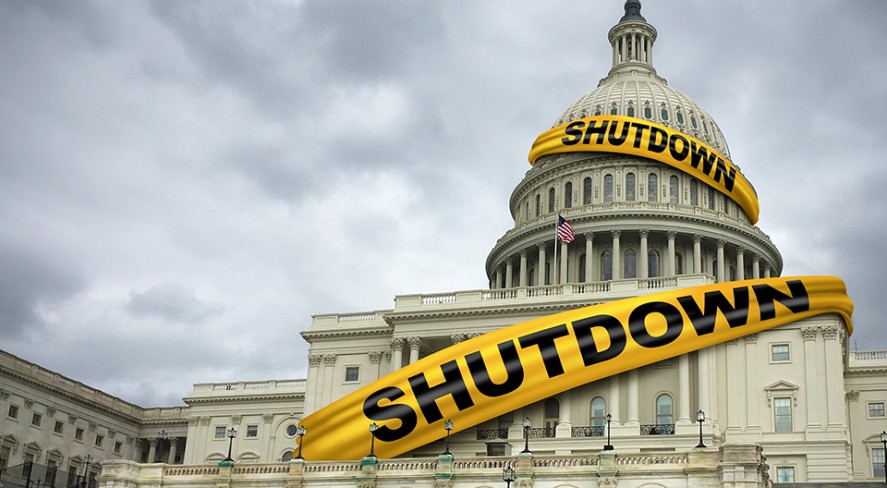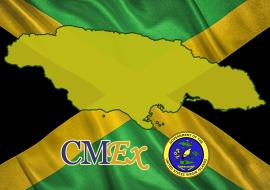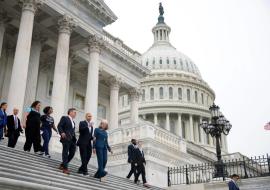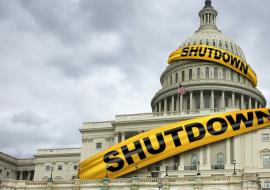U.S. Tourism Takes a New Hit Amid Federal Government Shutdown

The shutdown affects airports, national parks, and museums, creating uncertainty among travelers and tour operators
The United States has entered yet another federal government shutdown, its 20th since 1976, after Congress failed to reach an agreement on the national budget. The shutdown, which began on October 1, 2025, has led to the suspension of numerous “non-essential” services and the temporary furlough of thousands of federal employees, with immediate consequences for the travel and tourism sectors.
Although air traffic controllers and airport security personnel are considered essential workers and must continue their duties without immediate pay, the strain on staff and growing uncertainty could result in flight delays and cancellations, both domestic and international. Authorities have urged travelers to prepare for longer security wait times.
On the other hand, rail transportation remains unaffected. Amtrak, the publicly owned passenger rail service, has confirmed that operations will continue as normal despite partial dependence on federal funds.
The National Park Service (NPS) has warned that up to 433 sites, including the Grand Canyon, could close temporarily. During the 2013 shutdown, more than 8 million visits were canceled, and in 2019 several parks remained open but with limited services.
Some states are stepping in to minimize economic losses. Utah will keep its five national parks—Arches, Bryce Canyon, Canyonlands, Capitol Reef, and Zion—open with reduced staff and services, while Colorado is considering similar measures.
Federal museums, including the 21 Smithsonian museums in Washington, D.C., and two in New York, have enough funds to operate through October 6, but a prolonged shutdown could force them to suspend activities. Even the Statue of Liberty, administered by the NPS, could be affected if the crisis continues.
Drop in Bookings and Damage to the Destination’s Image
The shutdown comes at a particularly difficult time for U.S. tourism. On September 30, the ESTA travel authorization fee for international visitors doubled from $21 to $40, and the combination of higher costs and political uncertainty has led to a 32.7% drop in bookings for the All Saints’ Day travel period compared to 2024, according to data from Orchestra and Entreprises du Voyage.
Analysts warn that this new shutdown has a chilling effect on traveler and industry confidence, damaging the United States’ image as a reliable and welcoming tourist destination.
Despite the current challenges, industry leaders remain optimistic about 2026, which is expected to be a landmark year for U.S. tourism. Major events such as the 250th anniversary of American independence, the centennial of Route 66, and the FIFA World Cup—set to draw millions of visitors across North America—are expected to revitalize travel demand.
For now, authorities advise tourists to check official sources, such as the National Park Service website, to confirm the status of attractions and plan their trips carefully. The budget resolution in Congress will be crucial for restoring normal operations and rebuilding confidence in the United States as one of the world’s leading travel destinations.














